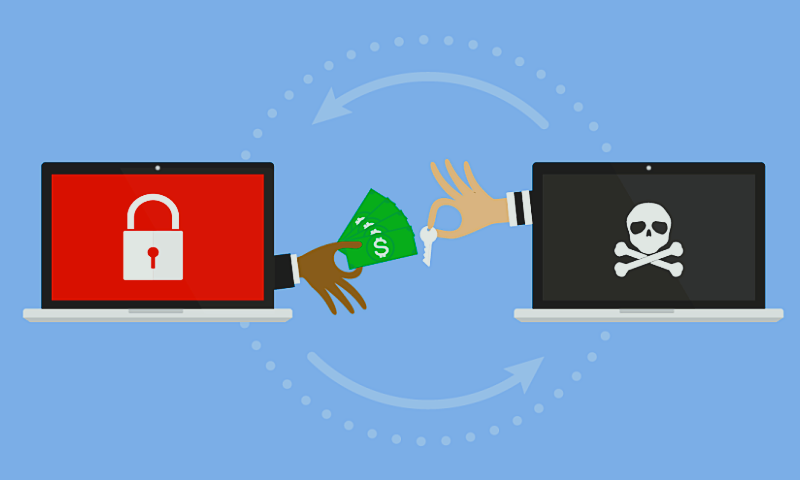
Ransomware attacks are increasing! Get ready; invest in a secure system or buy bitcoin, choice is yours!
Update: Ransomware Profile – Lockbit 3.0
The Australian Cyber Security Centre (ACSC) has issued an advisory on the LockBit 3.0 ransomware, warning businesses and organizations of the risks and impact of a potential attack. The ACSC has outlined the characteristics and behaviours of the LockBit 3.0 ransomware and has provided guidance on how to mitigate the risks associated with the attack. The advisory urges organizations to adopt a multi-layered approach to cybersecurity and implement the necessary security controls and practices to protect their systems and data.
You may read the Advisory here : https://www.cyber.gov.au/acsc/view-all-content/advisories/2023-03-acsc-ransomware-profile-lockbit-30
The recent advisory by the Australian Cyber Security Centre on the LockBit 3.0 ransomware highlights the growing threat of ransomware attacks and the need for organizations to develop robust information security systems. Ransomware attacks have become increasingly common in recent years, and they have proven to be devastating for businesses and organizations of all sizes. These attacks can result in the loss of critical data, the disruption of business operations, and significant financial losses.
One of the most notable ransomware attacks in recent years was the WannaCry attack that took place in May 2017. The attack affected more than 300,000 computers across 150 countries, causing significant disruption to businesses, hospitals, and government agencies. The WannaCry ransomware attack encrypted users’ files and demanded payment in exchange for the decryption key. The attack was able to spread rapidly due to a vulnerability in the Windows operating system that had been exploited by the attackers.
One of the organizations impacted by the WannaCry attack was the National Health Service (NHS) in the United Kingdom. The attack caused significant disruption to the NHS, with many hospitals and healthcare facilities forced to cancel appointments and reschedule surgeries. The attack also impacted medical equipment, such as MRI scanners and X-ray machines, and led to the closure of some facilities.
The financial impact of the WannaCry attack was also significant. The total cost of the attack has been estimated to be in the billions of dollars, with organizations forced to pay ransom demands, incur costs associated with data recovery and system remediation, and suffer lost revenue due to business disruption.
The WannaCry attack highlighted the devastating impact that ransomware attacks can have on businesses and organizations. It also underscored the importance of implementing robust information security systems and practices to protect against such attacks. Organizations must take all necessary steps to protect their systems and data from ransomware attacks and other cybersecurity threats, including implementing security controls, conducting regular security audits, and training employees on security best practices.
To mitigate the risks associated with ransomware attacks, it is essential for organizations to develop a comprehensive information security system. One of the most effective ways to achieve this is by implementing the ISO 27001 standard for information security management systems. ISO 27001 provides a framework for organizations to establish, implement, maintain, and continually improve their information security management. The standard covers a wide range of security controls and risk management practices that can help organizations mitigate information security risks.
ISO 27001 provides a systematic approach to managing information security by identifying and assessing risks, implementing appropriate controls, and continually monitoring and improving the system. The standard is flexible and can be customized to meet the specific needs of organizations. By implementing and achieving ISO 27001 certification, organizations can demonstrate their commitment to information security and provide assurance to their stakeholders that their information is being managed securely.
As per requirements of ISO 27001 and risk assessment, organizations must also adopt a multi-layered approach to cybersecurity. This includes implementing security controls such as firewalls, antivirus software, and intrusion detection systems, as well as conducting regular security audits and training employees on security best practices.
In conclusion, the advisory by the Australian Cyber Security Centre on the LockBit 3.0 ransomware highlights the importance of developing a comprehensive information security system. Organizations must take all necessary steps to protect their systems and data from ransomware attacks and other cybersecurity threats. Implementing ISO 27001 and ISO 27701 and adopting a multi-layered approach to cybersecurity can help organizations mitigate the risks associated with these threats and provide assurance to their stakeholders that their information is being managed securely.